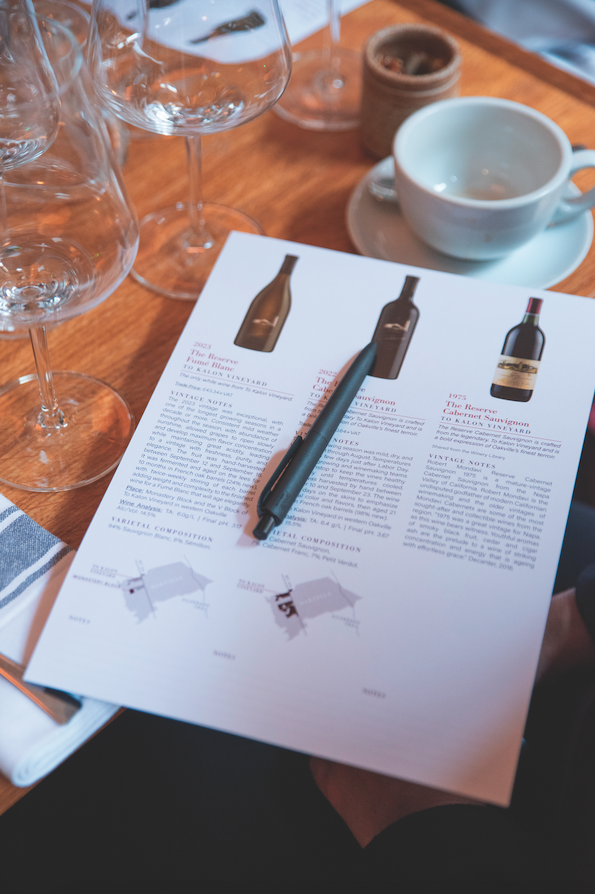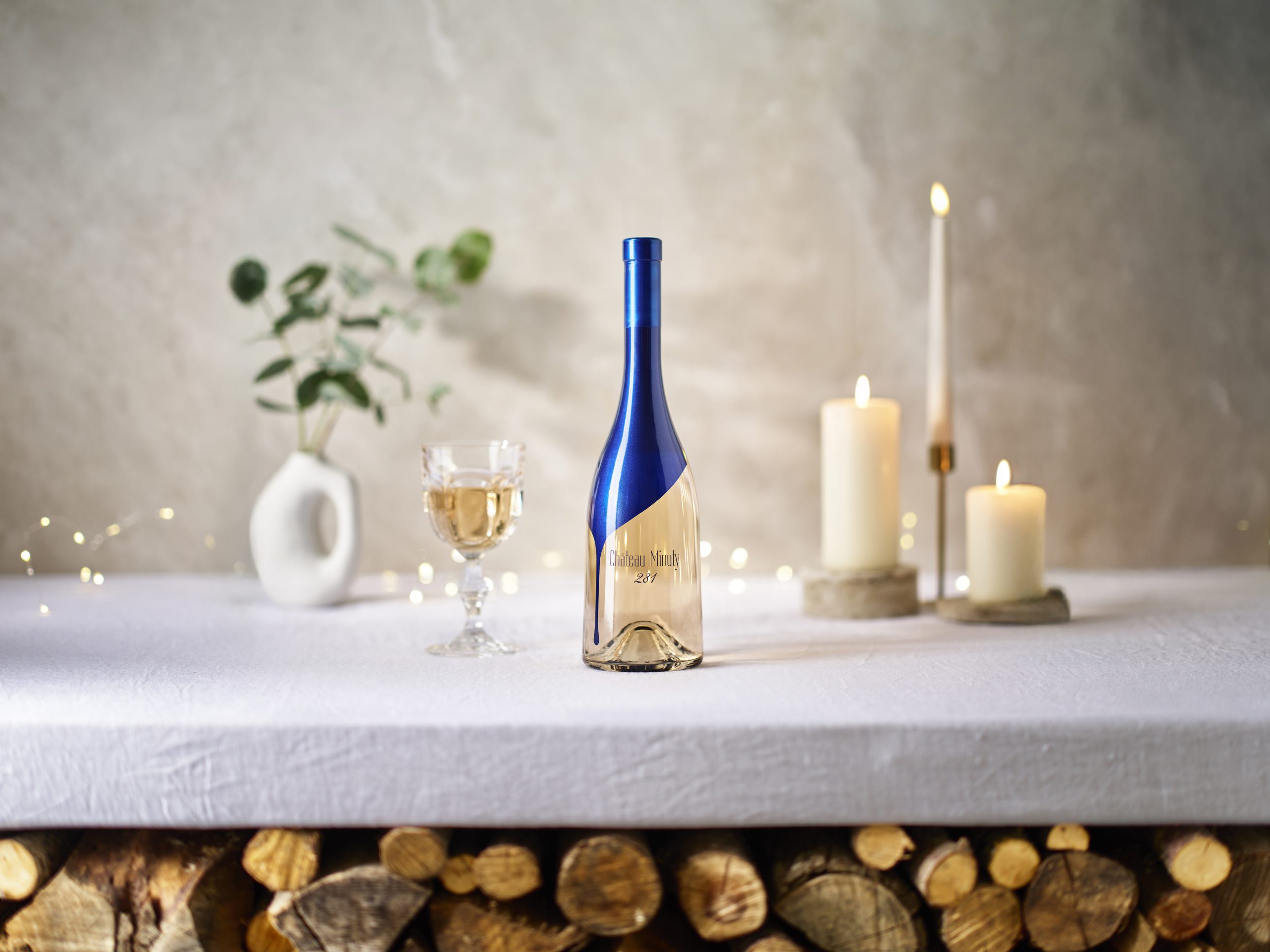Fine wine investment: sparkling potential
We have been promising our diligent readers a closer look at Champagne partly because that sector had a pretty decent year in 2017 and partly because it is a while since Amphora Portfolio Management last reviewed it.
As you can see from the chart below it is a useful constituent of the Liv-ex 1000 because while the general trend may be similar there are periods of out and underperformance which are very helpful to the investor looking for enhanced returns.
The expression ‘enhanced returns’ should beg the question: ‘against what?’, and the answer should be: ‘the benchmark’, which in this case might helpfully be considered the Liv-ex 1000 as the broadest index in our universe. It is important to have a benchmark when investing because it helps you control risk and gives a yardstick against which your efforts may be judged. It is all very well making a 10% return over a given period but if your benchmark is up 20% you might conclude you have work to do! Equally, of course, if your benchmark is the risk-free rate (interest on deposits in the bank), you would consider 10% a fabulous effort.
The Champagne sector lies somewhere between Bordeaux and Burgundy in terms of complexity. There are nine producers in index terms, three of which throw in a Rosé for good measure. They vary enormously in terms of scale, Moët releasing several million bottles of Dom Pérignon while Philipponnat only releases 20,000 of their Clos des Goisses, and then with varying degrees of frequency. Salon may think only four harvests per decade are worthy of making their vintage Mesnil, while Taittinger might reckon that in as many as six or seven years (per decade) their Comtes de Champagne effort is repaid.
It is thus much more difficult to compare and contrast than in the case of any of the Bordeaux sub-sectors. Roederer produced a Cristal in 1997 and 1999, Krug offer neither and instead plumped for the 1998. Remember that climatic conditions prevail as much in Champagne as elsewhere in the world, so there is clearly something else at work here. All producers are subject to the same economic realities so you would think they would take advantage when they can, but of course they have an even more acute awareness of their reputation than of economic reality, so they would not allow themselves to produce a dud. If their grapes ain’t good enough, they will sacrifice that vintage.
Another thing adding to the complexity is the Parker factor. Some observers regard Richard Juhlin as the best Champagne critic but his opinions don’t hold the same pre-eminent place in the market psyche as Robert Parker’s in Bordeaux. Nor, incidentally, do Parker’s Champagne opinions hold as much sway as his Bordeaux and Napa scores, so the market has one less branch to cling on to.
In exactly the same way as the rest of the fine wine market, there is absolutely no homogeneity as to individual price movements. Although you will get occasions where, for example, both the Salon Mesnil 1996 and 1997 have appreciated by 15% over one year and 107% over five (61% and 68% respectively over two years incidentally), and where Cristal 2002 and 2004 are both up 48% over five years, these are exceptions rather than the rule. Taittinger’s Comtes de Champagne 2002 and 2004 performances over one, two and five years, respectively are: -17%, +35%, +95%, and +7%, +26% and -2%. As ever, we have to analyse the whole space and feed inputs into the algorithm to help give us a steer as to where the bargains are.
An interesting point always arises when we discuss Champagne in the overall fine wine market context: does it last as long as a quality red wine? The answer in general terms in no. Certain particularly spectacular vintages might go slightly north of 40 years, but by and large after 30 you should be measuring the distance to the door. But can all ‘X’ many million bottles of Dom Perignon be drunk in 30 years?
Statistically, consumption of Champagne globally is encouragingly high. Over 300 million bottles were drunk in 2016 alone, and while this is total sales of which the vintage percentage will be fractional, it seems unlikely that too much will go past its sell-by date. More important from an investment perspective, is to be aware of that sell-by date.
As with any high marque wine, pricing reaches ‘work of art’ proportions when you might be the only person in the world owning a case of 1945 Lafite, or topically a bottle of 1966 Salon Mesnil (£6,650 in Hedonism), but that is not the way you invest. We have to remain alert to the secondary market which gets as sketchy for older Champagnes as it does for older clarets.
Partner Content
Currently, as we at Amphora see it, there are at least three opportunities available. Remember that even vintage Champagnes have ‘off’ and ‘on’ years, and over the last couple of decades the 1996 stands pre-eminent, with the 2002 just behind. 1998, 1999 and 2000 are next best, followed by 2004 and 1997. Champagne houses take many years over production, so although there have been releases since 2004 most of the vintages are not as good, and trading data is more sporadic. We will review these more recent releases next time around.
In the following instances we use the average critics’ score (in brackets behind the vintage) because no one individual seems at this point unduly influential.
Krug 2000 (95 pts) trades at £1,900 per case. The 1998 (95 pts) costs £2,220 while the ‘superior’ 2002 (97 pts) is £3,100.
Cristal 2004 (95 pts) trades at £1,700. The ‘inferior’ 1997 (91 pts) costs £2,580. The 1996 (95 pts) costs as much as £4,560.
Taittinger Comtes de Champagne 2004 (94 pts) costs £930. The 95 point 2002 costs £1,740.
There are clearly huge influences from perceptions of vintage quality but it is worth pointing out in respect of 2004 that quite a few critics think very highly of it, and if not quite as highly as 2002 then they believe it runs it quite close.
Some of the price differentials between the two seem unjustifiably wide. None of these three have had a particularly vibrant time of it recently either. The Krug 2000 rose 6% last year, the Cristal 2004 rose 12% (but is down 1% on a two year view), and the Taittinger 7%. Whether you are balancing a portfolio or simply looking for ideas, we recommend you talk to us in more detail about these three future winners.
Philip Staveley is head of research at Amphora Portfolio Management. After a career in the City running emerging markets businesses for such investment banks as Merrill Lynch and Deutsche Bank he now heads up the fine wine investment research proposition with Amphora.





What a load of nonsense. 96 Salon is £631 at Hedonism, not £6650!
Mr Blunden, I think you will find the 1966 Salon being referred to in the text is indeed £6,000 (odd) a bottle at Hedonism Wines.
Rupert Millar
Fine Wine Editor
Fair enough, but this is still a weak article. The market always finds its level. If wine is priced correctly it will sell, if not it doesn’t. Supply and demand in its most basic form. Forget the algorithms, points or Winelister or Liv-Ex figures. It’s wine; basically it’s worthless, like gold!